Innov8 plans to double its co-working centres in FY2024
Co-working startup Innov8 has announced that it will double its footprint in the ongoing financial year FY 2023-2024. The company added 5 new centres in key business cities in India in early 2023 and is all set to inaugurate 5 more centres in the current quarter.
The company is in the process of setting up 10 additional centres in the last quarter of the financial year, thereby taking the new centre count in the year to 20. At the beginning of the year, Innov8 had 20 centres across 9 business cities, including Delhi, Gurgaon, Noida, Mumbai, Pune, Bangalore, Chennai, Hyderabad and Ahmedabad. With the ongoing expansion, Innov8 will add ~8000 seats and 300,000 sq. ft of co-working spaces across Delhi NCR, Mumbai, Pune, Bengaluru and Chennai. Innov8 and its partners plan to invest Rs 100 crore + to open these centres pan India.
Innov8 Aerocity and CP in New Delhi, Innov8 Marol in Mumbai, and Innov8 locations in Bellandur and KR Puram in Bangalore are amongst centres slated to be inaugurated within this quarter.
Also Read: What to do before buying gold this festive season
Innov8’s pivot to a ‘5 mins to a metro station’ strategy, to open new co-working centres only near metro stations and key arterial roads across top business cities in India, has been instrumental in driving this growth. The company has witnessed over 90% occupancy, high demand and healthy rentals in its co-working centres across the country which are within five minutes to metro stations. As work from office or at least hybrid working becomes a mandate even in startups, which form a significant part of Innov8’s customer base, ease of public commute is a major draw. Employees strongly prefer metro proximity and prefer joining companies choosing their office spaces accordingly.
According to recent reports, start-ups account for almost one-third of place adoption, second only to technology sector. India’s flex space operational footprint in FY 2023 stands at 53 mn sq. ft, marking a ~400% increase from 2018. It is expected that the operational flex stock is likely to reach around ~106 mn sq. ft, doubling again over the next five years. Innov8 is looking to capitalise on this market opportunity through this planned expansion.
Talking about the expansion, Dr. Ritesh Malik, Founder of Innov8, said, “In FY2023 Innov8’s growth in centres was 30%. Since our pivot to the “5 minutes to a metro station’ strategy we have nearly doubled the number of centres in the country. Growth in India’s flex space industry and the startup ecosystem in general is indicative of a fundamental shift in how businesses perceive and utilize office spaces. Innov8’s has pivoted so that it can capitalise on this shift and provide businesses with a dynamic and flexible workspace solution.”
Pankhuri Sakhuja, Business Head of Innov8, said, “On average, Innov8 co-working offices see 90% occupancy in less than 3 months, compared to the industry average of 6 months. Innov8’s success in gaining the trust and support of customers has paved the way for exploring new market opportunities and driving further growth. With this expansion, Innov8 is well-positioned to capitalise on these opportunities and continue its upward trajectory.”
Innov8 provides premium co-working spaces with uninterrupted connectivity, easy access & proximity to key transit hubs such as metro stations, airport, railway station & more and flexible working arrangement, all this at an affordable price. Innov8 currently has seven centres in Delhi-NCR that have great connectivity with the Delhi Metro and Transit Metro, making it seamless for customers to travel across Delhi, Noida, and Gurgaon. All Innov8’s centres in Mumbai are in the Andheri East with proximity metro stations making it a preferred destination for startups, well-established corporates and other businesses.
Founded in 2015 by Dr. Ritesh Malik, Innov8 is currently spread across 9 cities—Delhi, Gurgaon, Mumbai, Pune, Chennai, Bangalore, Ahmedabad, Hyderabad & Indore, with over 20 centres hosting over 8000+ employees of brands like IndusInd Bank, Jio Saavn , Phone Pe & Tata Digital.
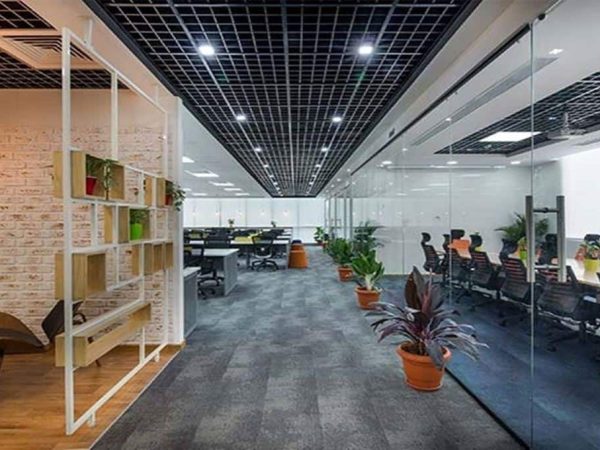
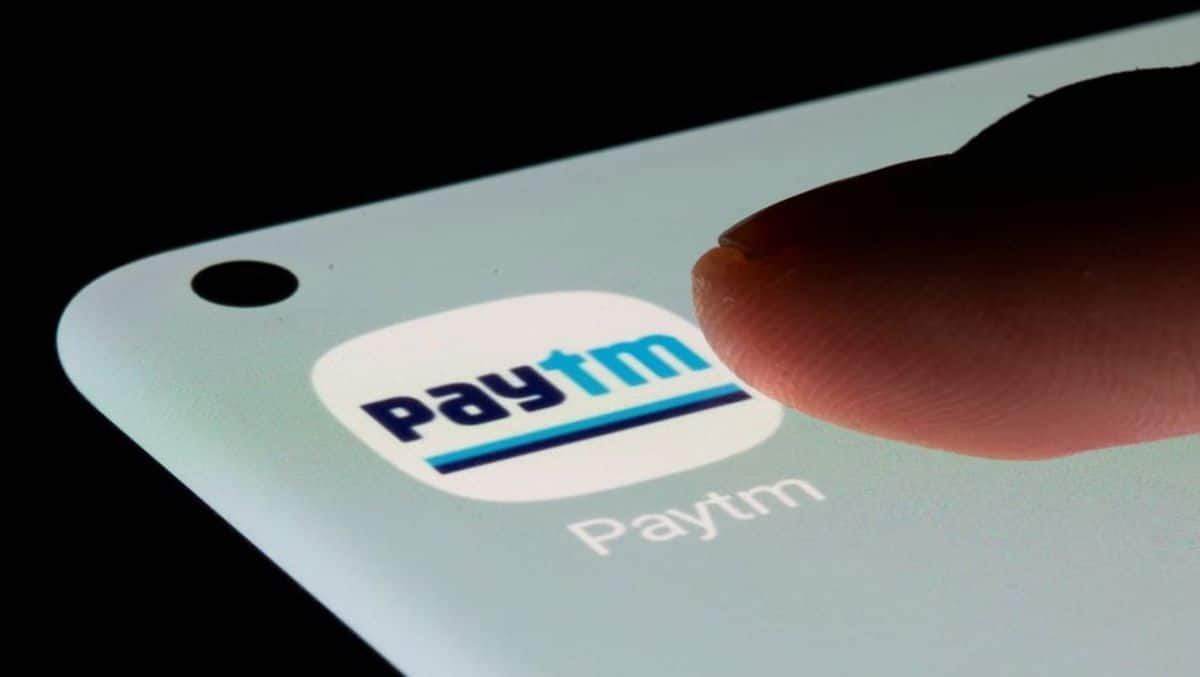

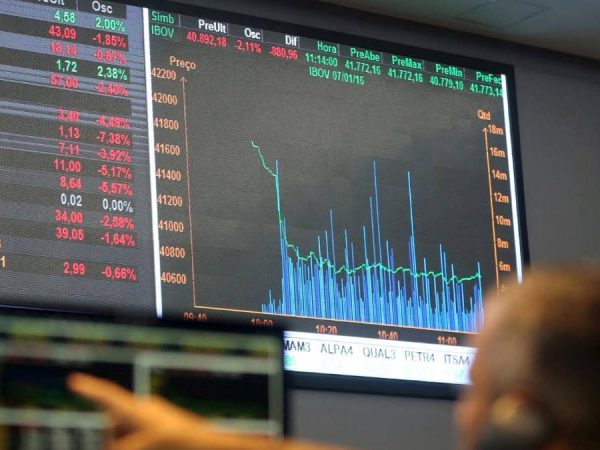
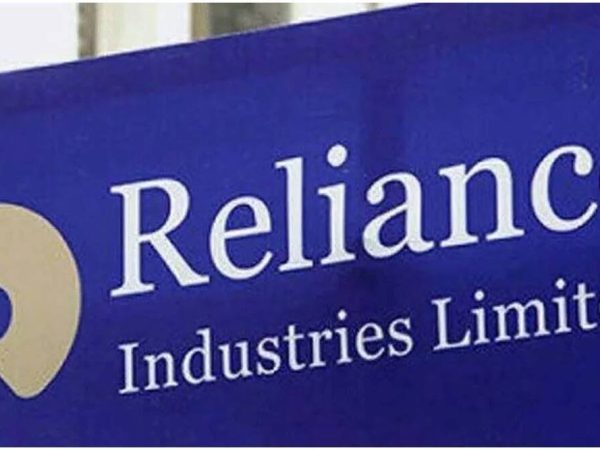

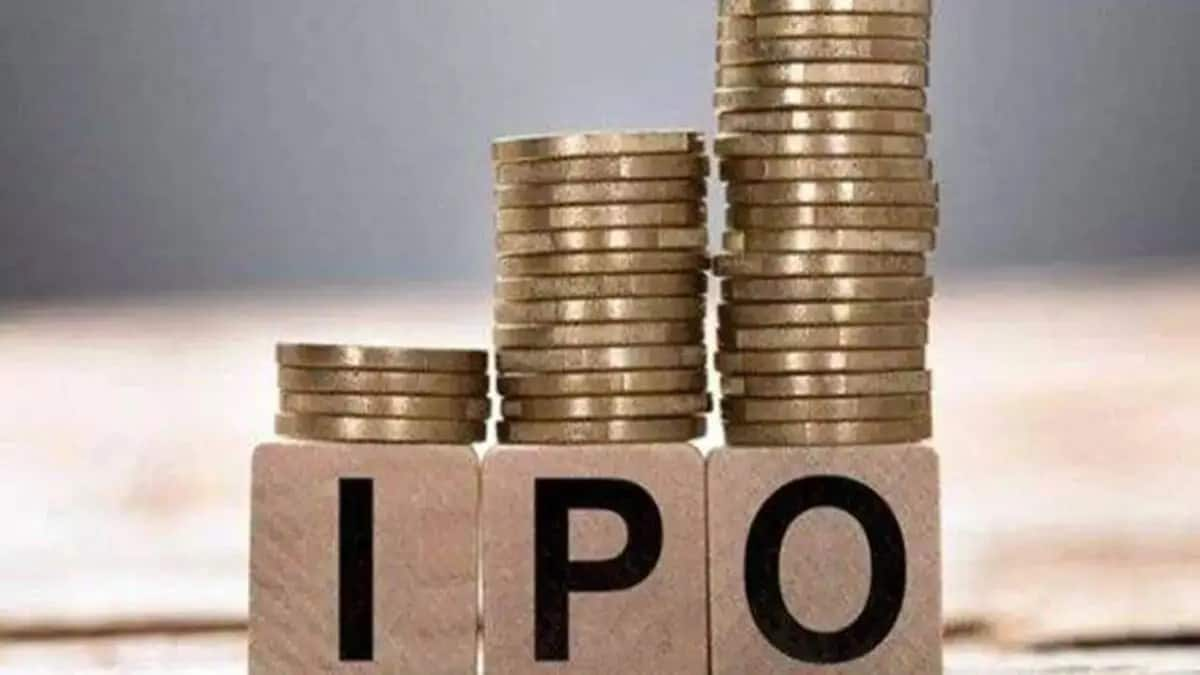
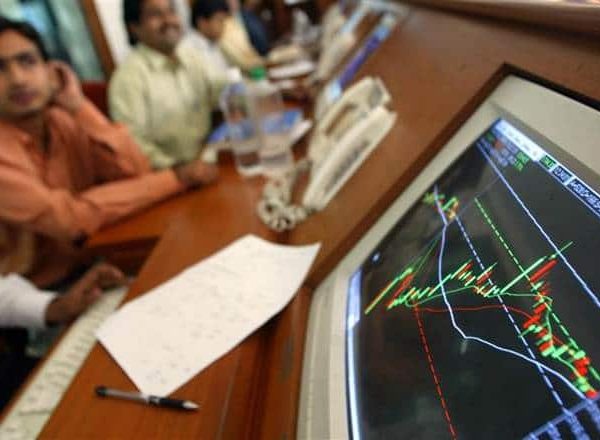
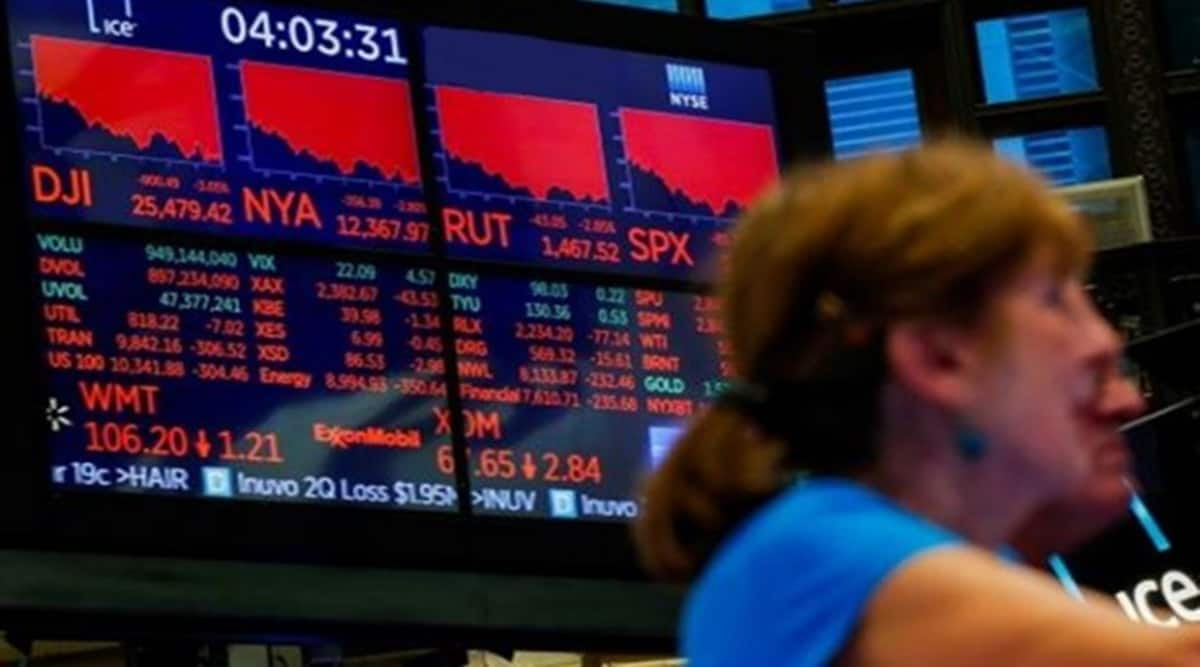

Recent Comments